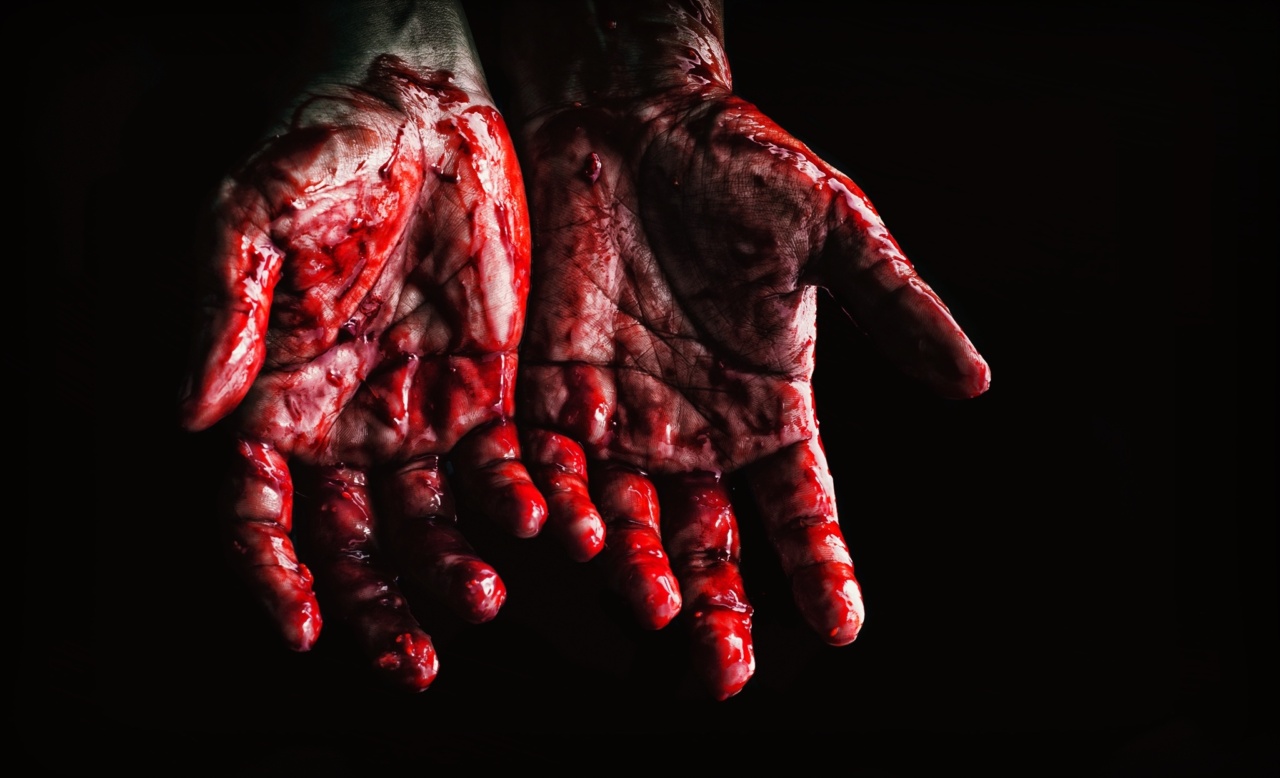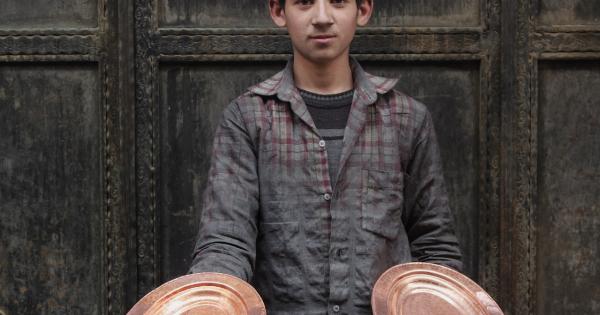In the realm of warfare throughout history, one piece of protective gear has stood as an iconic symbol of strength and resilience – the helmet.
Used by warriors across civilizations and eras, helmets have served as the ultimate barrier between life and death on the battlefield. From ancient times to modern conflicts, these head shields have witnessed the horrors and savagery of war. This article explores the evolution, significance, and brutality associated with helmets over the years.
The Origins of Helmets
The earliest evidence of helmet use dates back to the Bronze Age, around 1500 BCE.
The Minoans, ancient inhabitants of the island of Crete, pioneered the concept of head protection by fashioning sturdy helmets made of boar tusks, offering defense against both impact and slashes. These early examples laid the foundation for the development of helmets throughout the ages.
The Rise of Metal Helmets
As civilizations advanced, so did the materials used in helmets. The Greeks introduced bronze helmets with cheek guards, providing enhanced protection for the soldier’s face.
The Roman legions, known for their military might, adopted the iconic Gallic helmet or “Galea,” which covered the entire head and had a crest running across the top for aesthetic appeal. These helmets were instrumental in safeguarding soldiers against flying arrows and fierce melee attacks.
Helmets in Medieval Times
The medieval period saw a significant evolution in helmet design as warfare became more complex. Knights, with their full suits of armor, relied on helmets such as the Great Helm and Bascinet to protect themselves during violent battles.
These helmets featured visors that opened and closed, allowing the warriors to see while also offering a tight defense against enemies.
The Renaissance and Beyond
During the Renaissance, the emphasis on aesthetics influenced helmet design. Ornate and intricately designed helmets symbolized the social status and wealth of the wearer.
As firearms became more prevalent, helmets gradually lost their practicality and were primarily reserved for ceremonial purposes or jousting tournaments.
World Wars and Modern Warfare
The advent of trench warfare during World War I brought helmets back into the forefront of military gear.
The iconic Brodie helmet, nicknamed the “Tommy Helmet,” provided soldiers with protection from shrapnel and bullets on the chaotic battlefields. Similarly, World War II introduced the renowned M1 helmet, used by the United States military, which became an enduring symbol of that era.
The Horror of Helmet Injuries
While helmets undoubtedly offer crucial protection, their association with war grimly reminds us of the brutal injuries inflicted upon those who wore them.
Helmets that once stood as shields were often penetrated by bullets, shrapnel, and weapons, leaving soldiers with severe head and brain injuries. The helmets themselves became bloodied artifacts, telling the stories of the wars they witnessed.
The Symbolism and Legacy
Helmets have transcended their intended function and become potent symbols in art, literature, and popular culture. In ancient mythology, helmets were often associated with gods and heroes, imbuing them with supernatural strength and invulnerability.
In modern times, iconic helmets like the Spartan helmet from the movie “300” or Iron Man’s helmet have become powerful emblems of strength and resilience.
The Future of Helmets
In an era of advanced technology, helmets continue to evolve.
From modern military helmets equipped with night vision, communication systems, and bulletproof visors to specialized helmets for sports and extreme activities, the quest for protecting human heads is an ongoing endeavor. The future promises even greater innovation in material sciences and design, ensuring optimum safety for those wearing these crucial pieces of gear.
Conclusion
Helmets have played an undeniable role in the survival and protection of warriors throughout history.
From humble beginnings as basic head coverings to intricately crafted metal pieces, helmets have witnessed the brutality of warfare across civilizations. While war remains a horrific reality, helmets serve as a reminder of human ingenuity and the enduring quest for fortification.
As technology advances, helmets will continue to evolve, adapting to the ever-changing landscape of conflict and offering hope for safer outcomes.































